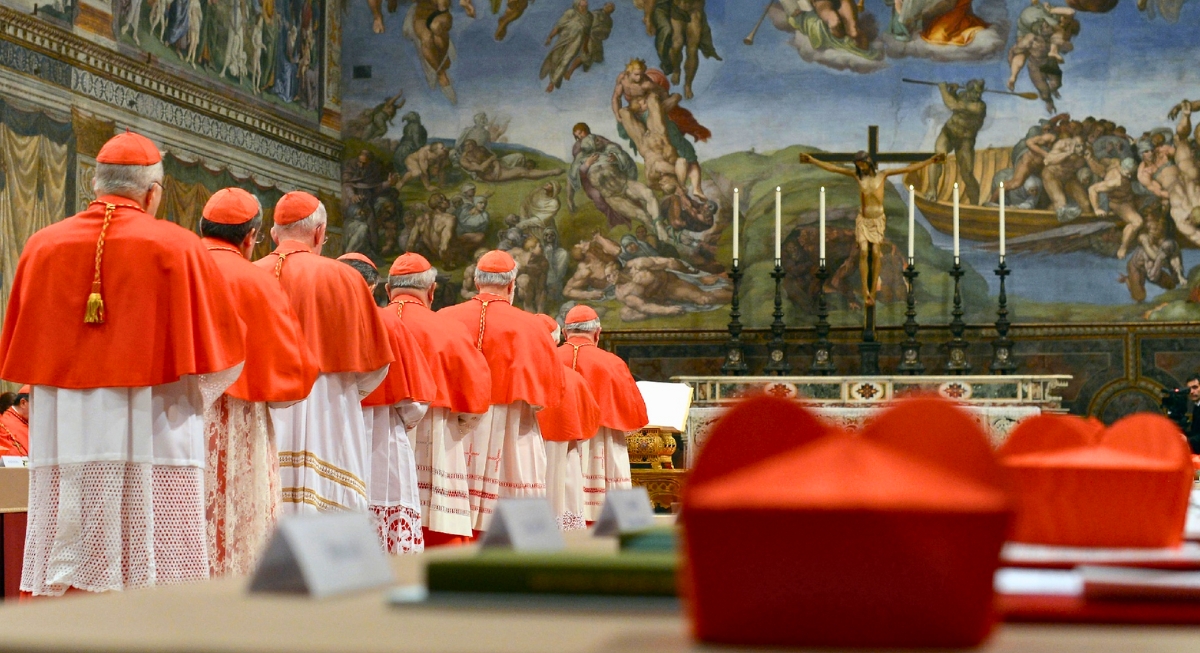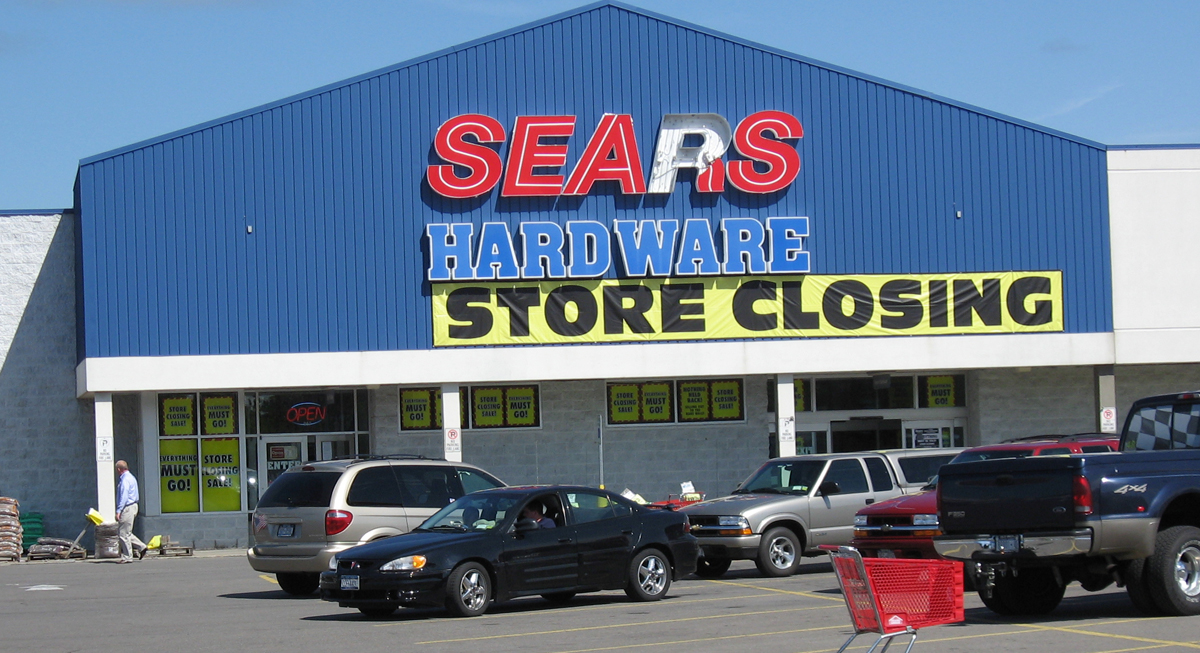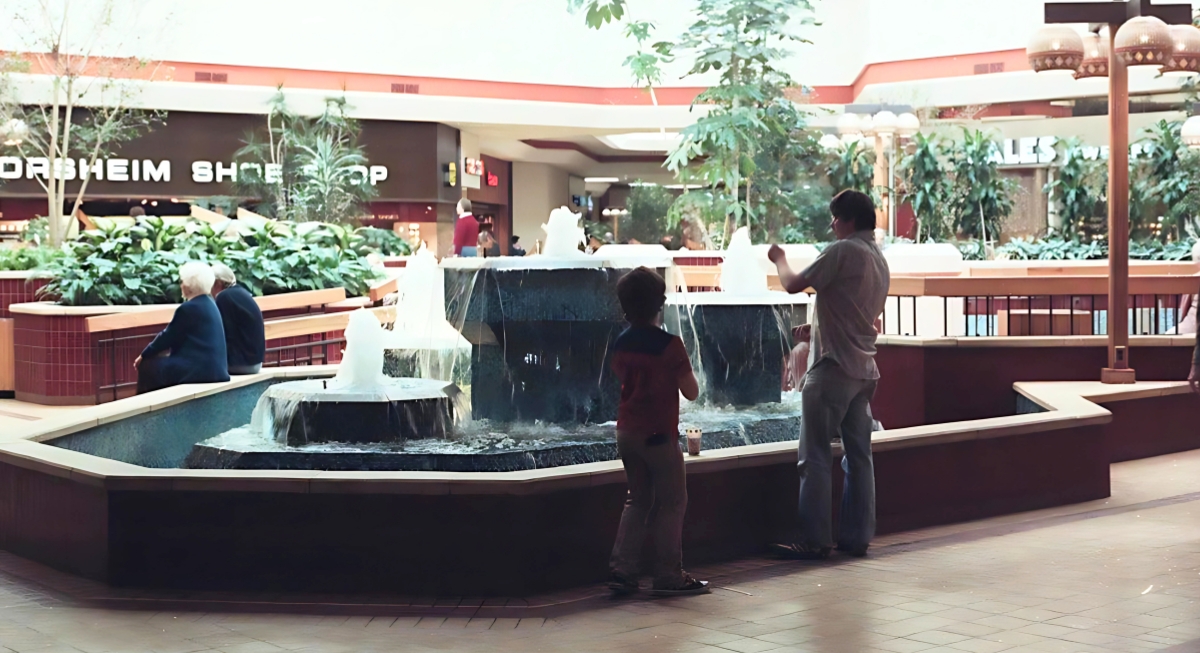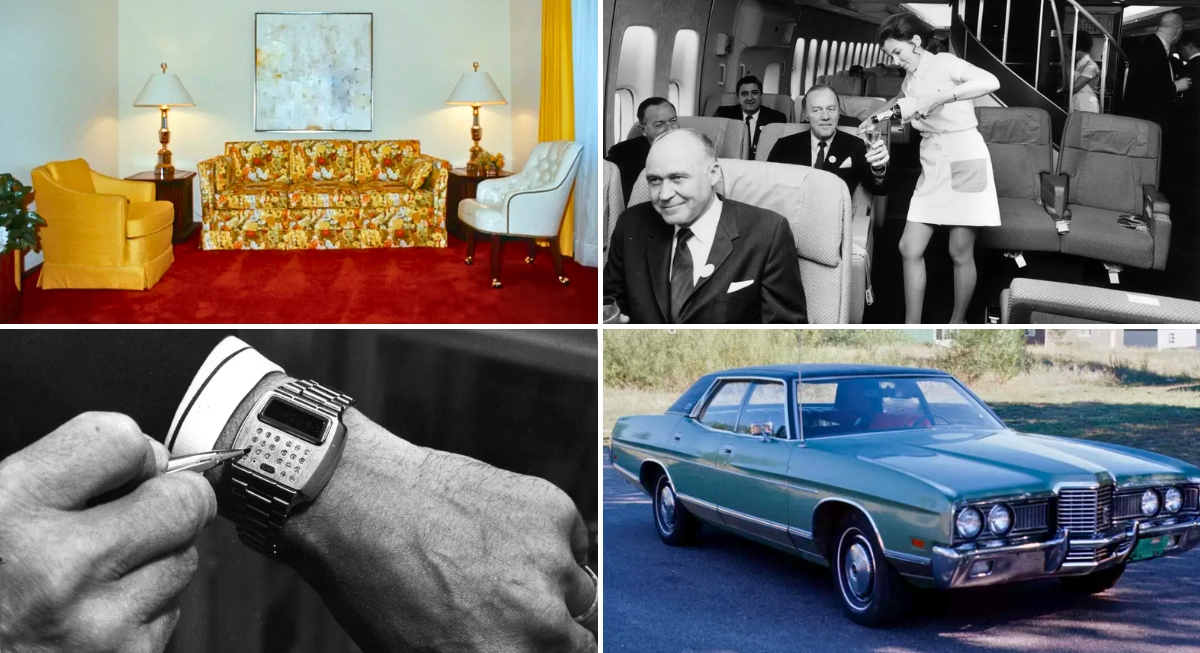Papal elections might be rooted in faith, but don’t let the incense and chanting fool you—there’s a lot more going on than meets the eye. The process is steeped in secrecy, centuries-old traditions, and bizarre precautions. Here are the strangest customs that still shape the election of the world’s most powerful religious leader.
Locked in “With a Key”
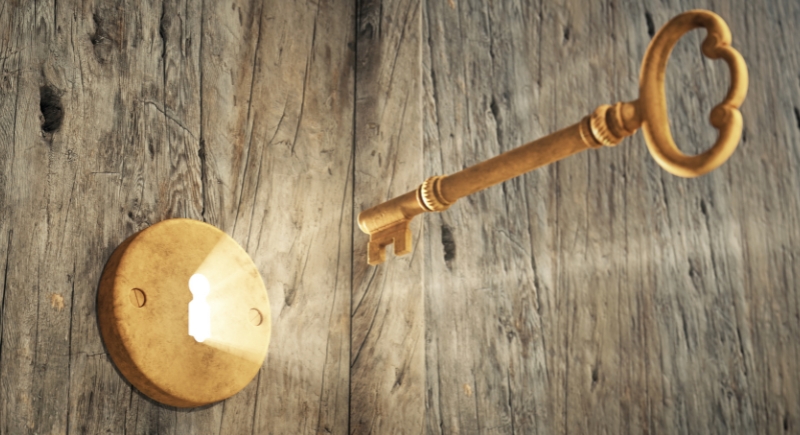
Credit: Getty Images
The term “conclave” literally comes from the Latin “cum clave,” meaning “with a key.” Since the 13th century, cardinals have been physically locked inside to prevent outside influence. Once the doors close, they’re in for the long haul—no visitors, no news, and absolutely no texting.
The Sistine Chapel Gets a Bug Sweep

Credit: Getty Images
Just before voting begins, the Sistine Chapel gets thoroughly swept. Vatican security installs jammers under the floor to block electronic communication. It’s not that they don’t trust the cardinals. They just don’t trust the possibility of a rogue smartwatch or a hidden device tucked into someone’s cassock.
Meals Are Inspected for Secret Messages

Credit: Getty Images
Meals are passed through a rotating hatch called a ruota, then examined by guards to ensure no one hides messages in ravioli. Napkins are unfolded. Whole chickens and closed pies are not allowed. Even liquids must be served in clear containers.
Meals Are Now Prepared by Nuns
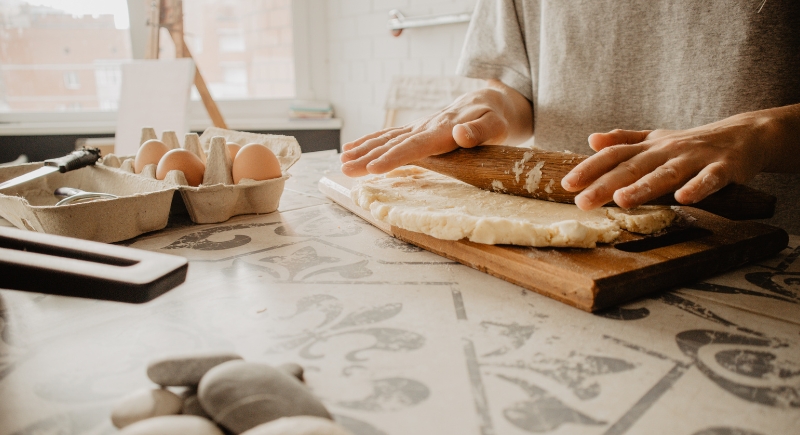
Credit: Canva
Nuns from the Domus Sanctae Marthae prepare Lazio and Abruzzo dishes like spaghetti, lamb skewers, and boiled vegetables. It’s a quiet contrast to the Renaissance feasts of centuries past. But with everything closely watched, it’s less about flavor and more about control.
No Red Carpet, Just Red Shoes
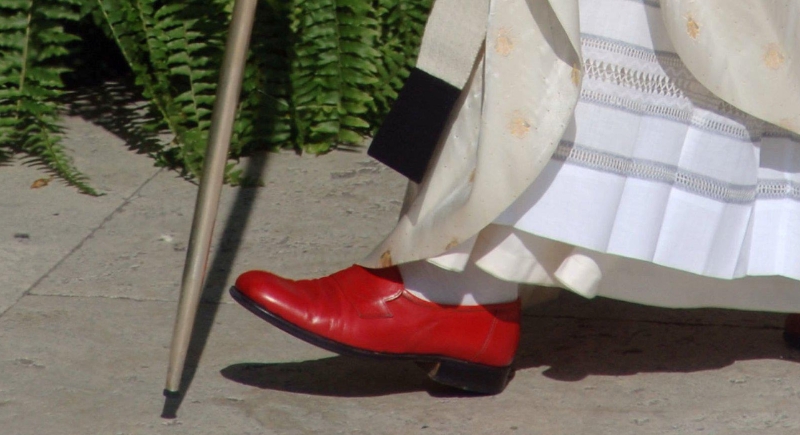
Credit: Facebook
Traditionally, the new pope used to don full red robes. Today, he steps into a white cassock instead—but the red shoes remain. In the 2000s, Pope Benedict XVI famously wore handcrafted red loafers rumored to be made by a high-end cobbler in Rome.
Card-Counters, Literally
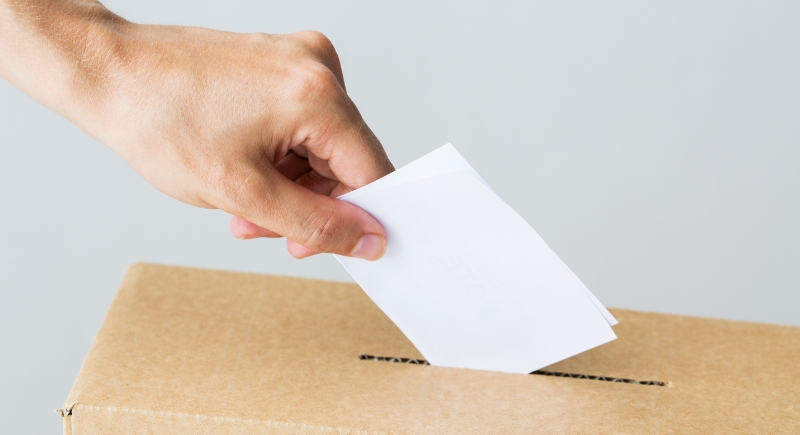
Credit: Syda Productions
Every cardinal writes a name on a paper ballot, folds it, and drops it into a chalice-like urn while reciting an oath aloud. A small group of electors then tallies the votes. There are no machines or digital tabulators. The votes are counted by hand and then burned.
Voting Is Done in Silence
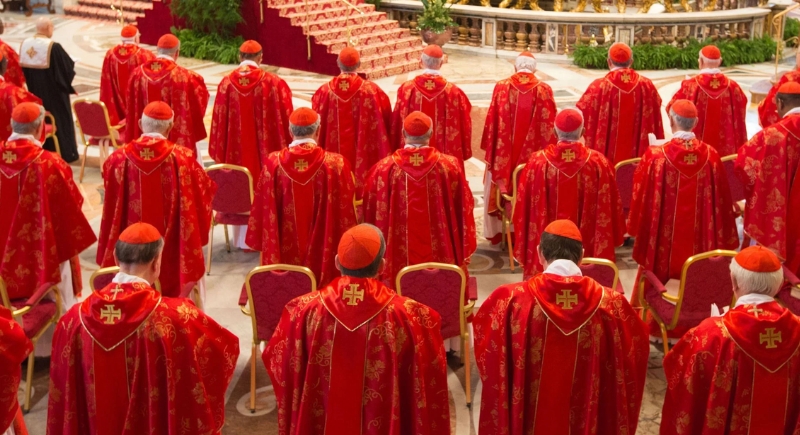
Credit: X
Aside from the oath spoken while casting a ballot, the conclave is eerily quiet. There are no debates or speeches. Cardinals are expected to pray and listen for the guidance of the Holy Spirit.
One Ballot Per Round, No Exceptions

Credit: Reddit
Each cardinal gets one vote per round. If the majority isn’t met, they try again. And again. And again. Typically, there are two votes in the morning and two in the afternoon. If things are still stuck after three days, they pause for prayer.
Smoke Signals Decide the Mood

Credit: flickr
Forget press releases—the only sign the world gets is smoke. Ballots are burned after each vote, and chemicals are added to signal the result. Black smoke means no pope yet; white means a new one has been chosen.
The New Pope Picks a New Name
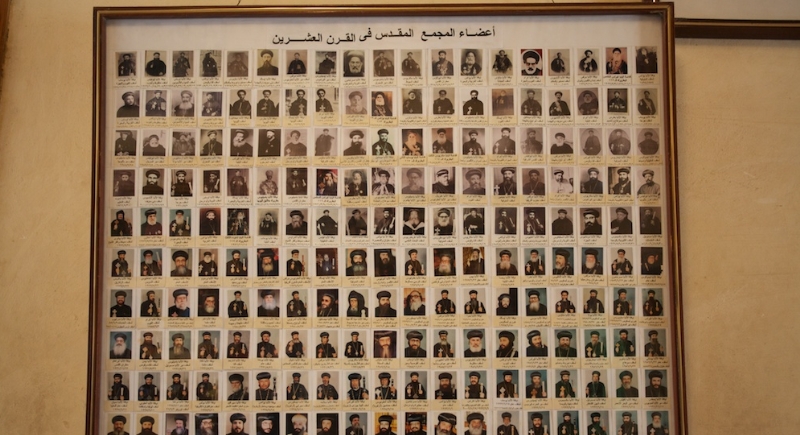
Credit: Wikimedia Commons
Once elected, the pope immediately chooses a new name—usually inspired by a past pope or a favorite saint. The name is more than branding; it hints at the kind of papacy he intends to lead. Pope Francis, for instance, chose a name associated with humility and service.
Not All Cardinals Can Vote
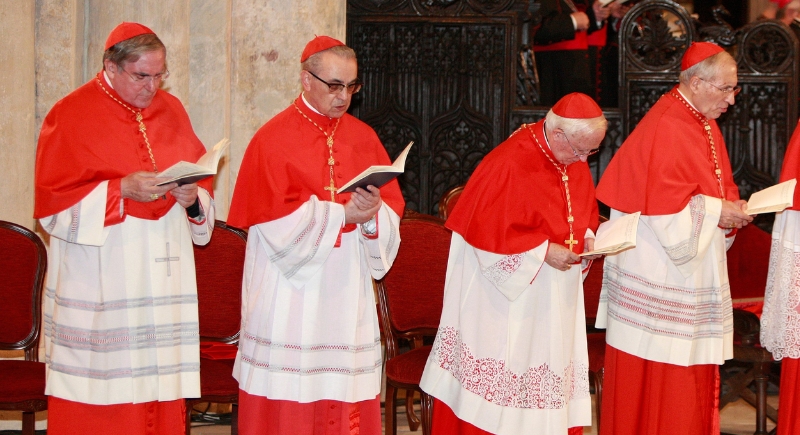
Credit: Wikimedia Commons
Cardinals over 80 aren’t eligible to vote in the conclave. That rule was introduced in 1970 to ensure that those choosing the pope are active in church leadership. Right now, there are over 250 cardinals worldwide, but only about 130 are eligible to participate.
A Pope Doesn’t Have to Be a Cardinal
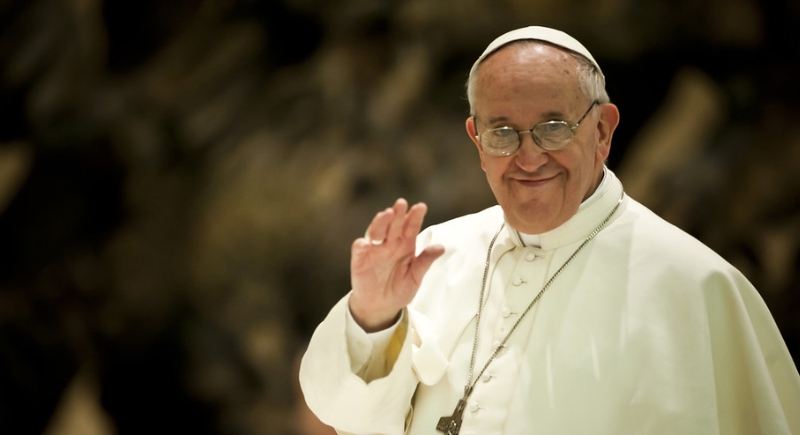
Credit: flickr
While unlikely, the rules technically allow any baptized Catholic male to be elected pope. The last time that happened was in 1378. Since then, it’s been all cardinals, all the time. Still, the possibility remains. So if you’re Catholic, male, and suddenly feel called, you never know.
Pope-to-Be Learns Fast
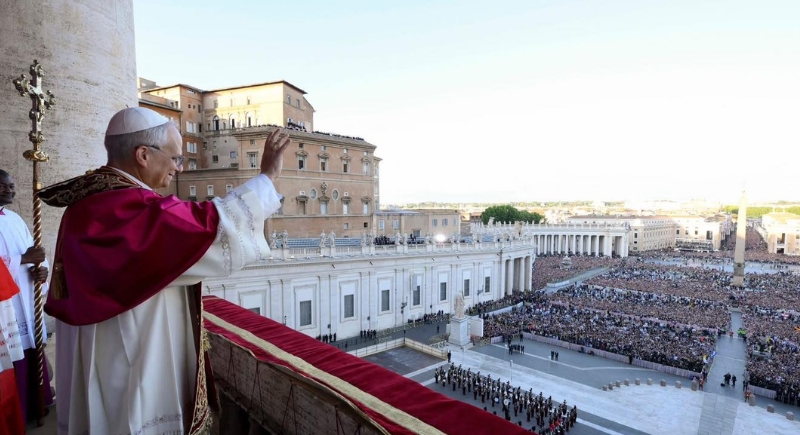
Credit: Facebook
There’s no honeymoon period. The moment a cardinal accepts the vote, he’s pope instantly. That means he needs to step onto the balcony of St. Peter’s Basilica and address the world with barely any prep. Vatican tailors prepare white robes in multiple sizes ahead of time.
Meals Used to Be Weaponized
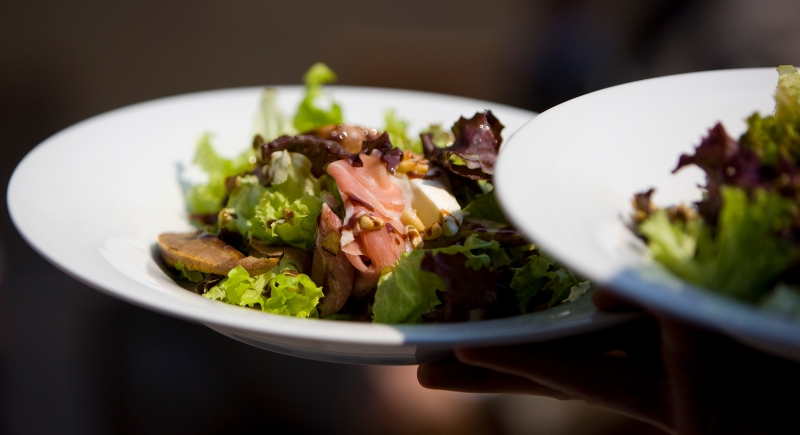
Credit: Getty Images
In medieval times, food was a negotiation tool. During the famously long conclave of 1268–1271, locals got so fed up that they reduced the cardinals to one meal daily. When that didn’t work, they ripped the roof off the building. The strategy worked—a pope was finally chosen.
Cardinals Mingle Before Conclave Begins
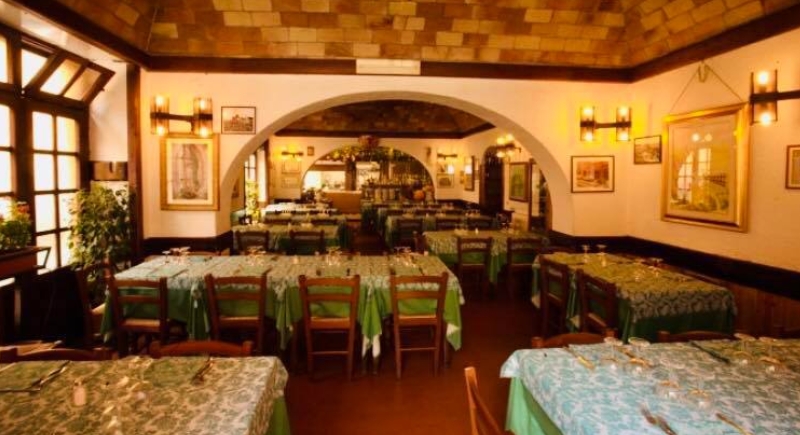
Credit: Facebook
In the days before the conclave, cardinals often sneak in meals at their favorite Roman spots. Al Passetto di Borgo, near the Vatican, has reportedly seen high-ranking diners enjoying grilled squid and lasagna. It’s a chance to decompress, chat, and maybe speculate on who will wear white next week.

